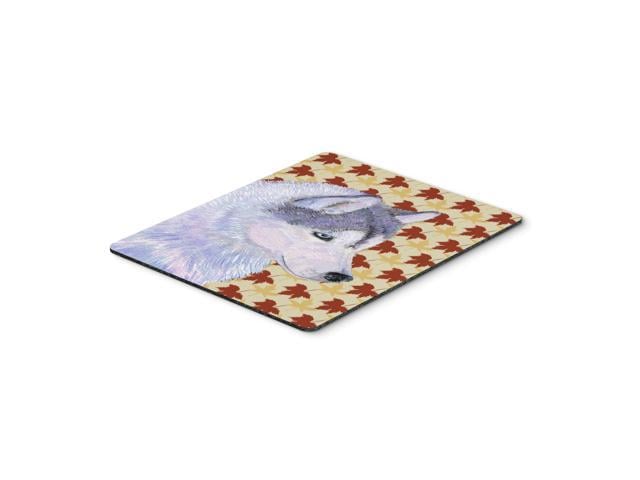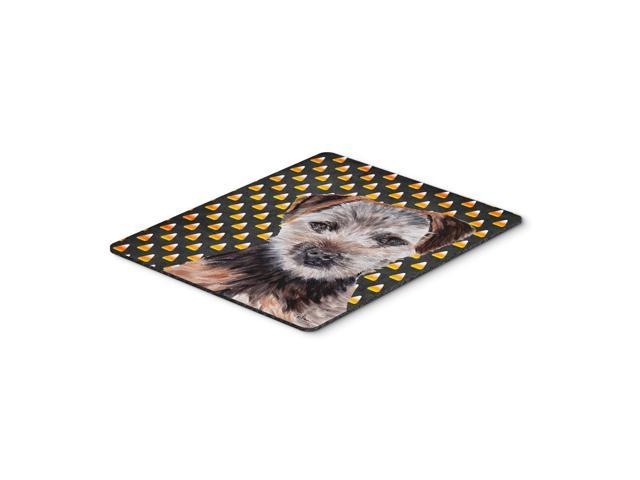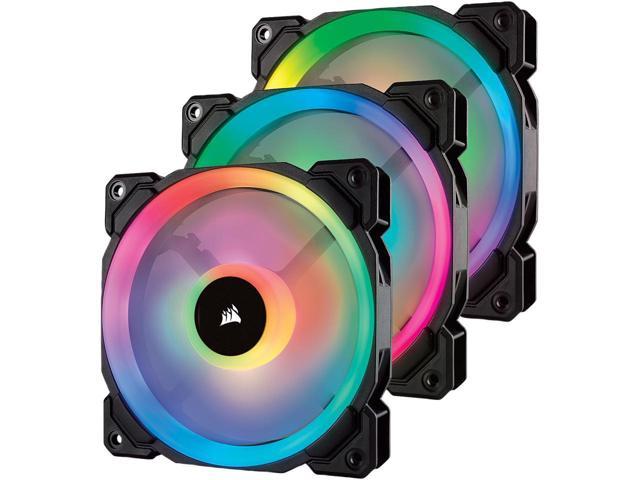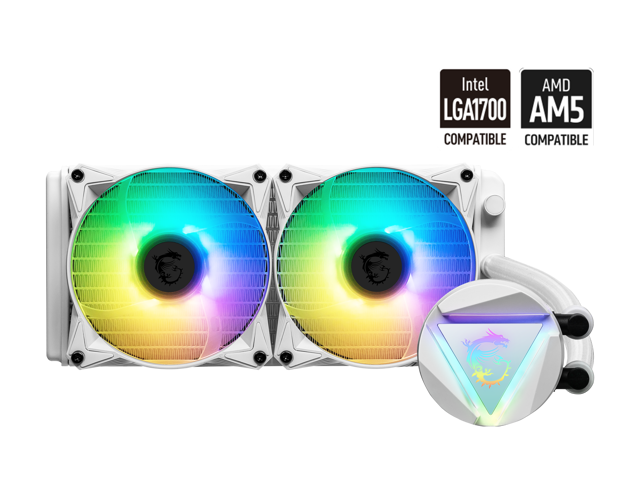This book covers jQuery including a developer-level introduction and an in-depth look into some of the more advanced features. The book focuses on features available as of jQuery 1.7.1. but also tries to incorporate feature support in older versions of the library wherever it is relevant.
The first few chapters will help you set up a development environment and review important JavaScript concepts. Detailed coverage includes:
- functions that make up the library and usages of the core jQuery functions
- in-depth to select and manipulate HTML elements with jQuery
- the cross-browser ability to bind and manage browser events
- Ajax
- shortcuts jQuery offers for animating components in your web applications including moving, fading, toggling, and resizing elements
- jQuery UI, which is an associated user interface library for jQuery and contains things such as widgets, effects, animations, and interactions
- additional jQuery UI features including moving, sorting, resizing, and selection elements with a mouse
- techniques, best practices, and patterns that you can apply to your code to make it more efficient, maintainable, and clear
- jQuery Template plugin
- authoring jQuery plugins.
- jQuery Deferred Object
- unit testing and detail of the specific unit testing framework created by and used by the jQuery project itself, QUnit.
If you have experience with HTML, CSS, and JavaScript, this book is for you. For existing jQuery users, it will expand your jQuery knowledge by focusing on the core library with the benefit of strong core JavaScript expertise in many of the lessons. But this book is not aimed at beginners. For those looking to start with the basics of HTML, CSS, and JavaScript/jQuery development, Beginning JavaScript and CSS Development with jQuery by Richard York will most likely help you more.















